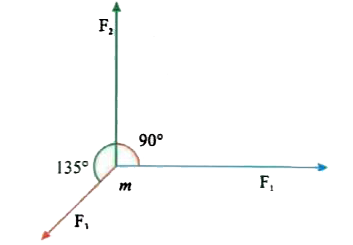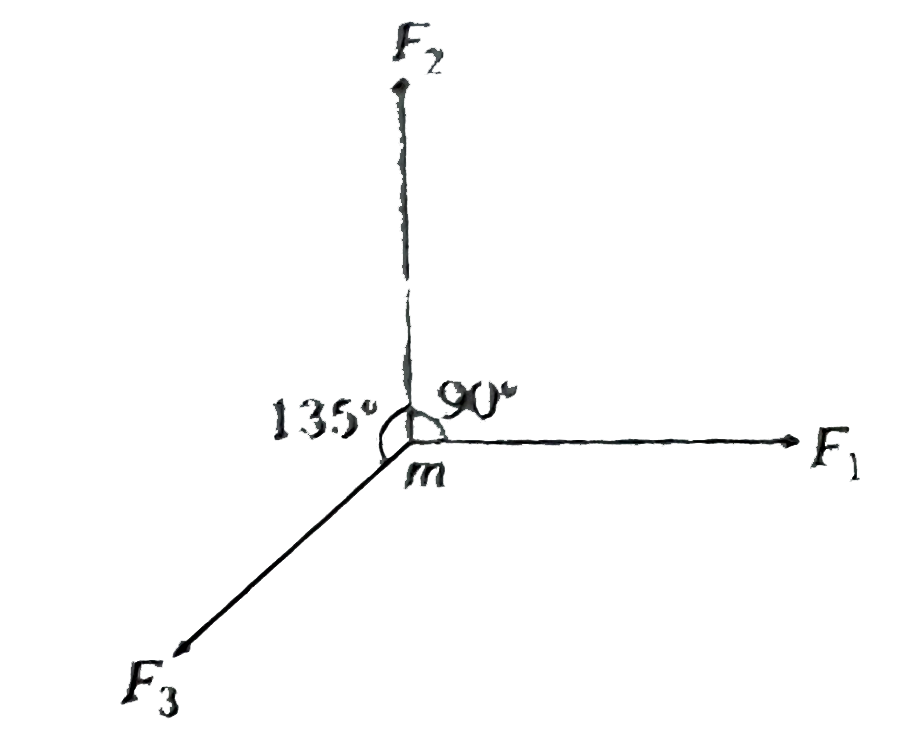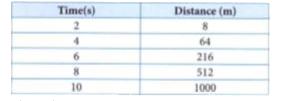A force of a given magnitude acts on a body . The acceleration of the body depends on the
mass of the body
volume of the body
density of the body
shape of the body
The correct Answer is:A
Topper's Solved these Questions
Similar Questions
A body of mass 5 kg is acted upon by two perpendicular forces 8 N and 6 N Give the magnitude and direction of the acceleration of the body .
View SolutionA body of mass 5 kg is acted upon by two perpendicular forces 8 N and 6 N Give the magnitude and direction of the acceleration of the body.
View Solution
Knowledge Check
A force of certain magnitude acts on a body. The mass of the body is 10 kg. The time for which the force acting is 10 s. This force makes the body move at a distance of 50 m in 5 s after the force cease to act on it
What is the magnitude of force applied on the body?A5 NB10 NC15 ND20 NA force of certain magnitude acts on a body. The mass of the body is 10 kg. The time for which the force acting is 10 s. This force makes the body move at a distance of 50 m in 5 s after the force cease to act on it
The final velocity of the body isA5m s−1B10m s−1C15 m s−1D20 m s−1When a force F acts on a body of mass m, the acceleration produced in the body is a. If three equal forces F1=F2=F3=F act on the same body as shown in figure the acceleration produced is
 A(√2−1)aB(√2+1)C√2Da
A(√2−1)aB(√2+1)C√2Da
When a force F acts on a body of mass m the acceleration product in the body is a . If three equal forces F1=F2=F3=F act on the same body as shown in figure the acceleration produced is

View SolutionThe displacement of a body is given to be proportional to the cube of time elapsed. The magnitude of the acceleration of the body is
View SolutionWhen a body is moving uniformly along a straight line and there is no force of friction, acceleration/retardation of the body. According to Newton's second law of motion, the magnitude of force acting on a body is the product of mass and acceleration of the body
The distance - time table of an object in motion is given below

The force acting on the object
View SolutionWhen a body is moving uniformly along a straight line and there is no force of friction, acceleration/retardation of the body. According to Newton's second law of motion, the magnitude of force acting on a body is the product of mass and acceleration of the body
The distance - time table of an object in motion is given below

In the given table, acceleration of the object is
View SolutionTwo forces of magnitudes 3N and 4N are acted on a body. The ratio of magnitude of minimum and maximum resultant force on the body is
View Solution
